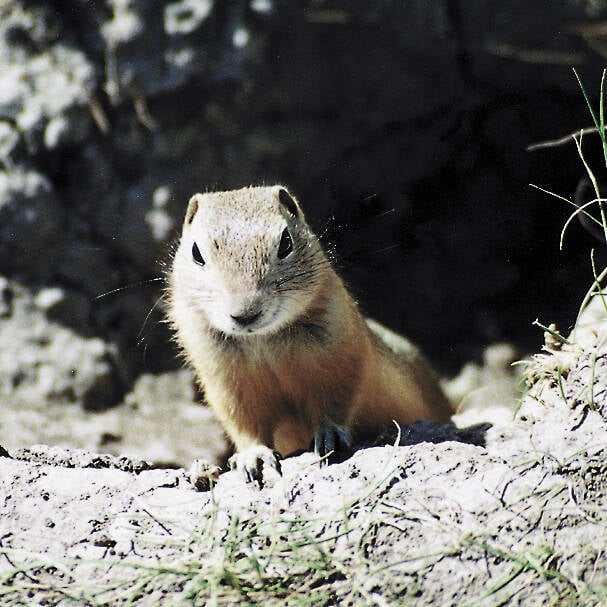Expect more contraction in North America’s cattle slaughter sector as the beef herd edges toward its rebuilding phase.
Meat prices have been at record highs because North America’s cattle and hog herds are the smallest in years.
However, meat would be even more expensive if livestock feeders were not pushing their cattle and hogs to ever-larger carcass weights.
The average dressed weight for slaughtered steers in the United States in the week to Sept. 6 was 889 pounds, up 17 lb. from the same week last year.
Read Also

Sask. ag group wants strychnine back
The Agricultural Producers Association of Saskatchewan has written to the federal government asking for emergency use of strychnine to control gophers
The cost of buying light cattle to place in feedlots is soaring, which means it is more profitable for them to keep the existing animals eating cheap corn for as long as possible, packing on the pounds.
Today’s steers are about 80 lb. heavier than they were 10 years ago and 110 lb. heavier than 20 years ago.
This extra weight helps to prop up the amount of beef available, but it does not address the fact that not enough slaughter cattle are available to keep all the plants in North America operating profitably.
And when cow-calf producers finally do start to retain heifers to rebuild their herds, it will further shrink the number of cattle available for slaughter.
Livestock analyst Kevin Grier said in the Sept. 22 Canadian Cattle Buyer that producers should plan on one or two more beef slaughter plants closing. The plants that already closed in Texas and California have not affected Canadian producers, but future closures might, he added.
Grier said he has not had success in the past forecasting packer strategies, and they have often done the opposite of what he expected. However, he makes a speculative survey of several operations to spark discussion.
The worse case scenario of Grier’s speculation is the closure of the JBS plant at Brooks, Alta. He said profit margins were likely disappointing for Alberta packers this year, fewer cattle are in the pipeline for next year and the labour supply is a continuing challenge.
He speculated that if the JBS Brooks plant closed, it would provide an opportunity for the company’s plant at Hyrum, Utah, to access Alberta cattle.
Grier also discusses the Tyson plant at Pasco, Washington. In the past it bought about 250,000 cattle annually from Western Canada but now takes a fraction of that because of country-of-origin labelling. However, it remains a player in the Alberta market.
The Pasco plant is one of Tyson’s oldest and smallest and is geographically on the periphery of the U.S. cattle industry.
Grier speculates that as Tyson evaluates its assets, Pasco likely is identified as one that would require a large investment to stay competitive.
Grier’s observations are only speculation, but it is sobering to consider the implications of a possible decrease in competition in the already limited western Canadian market.
















